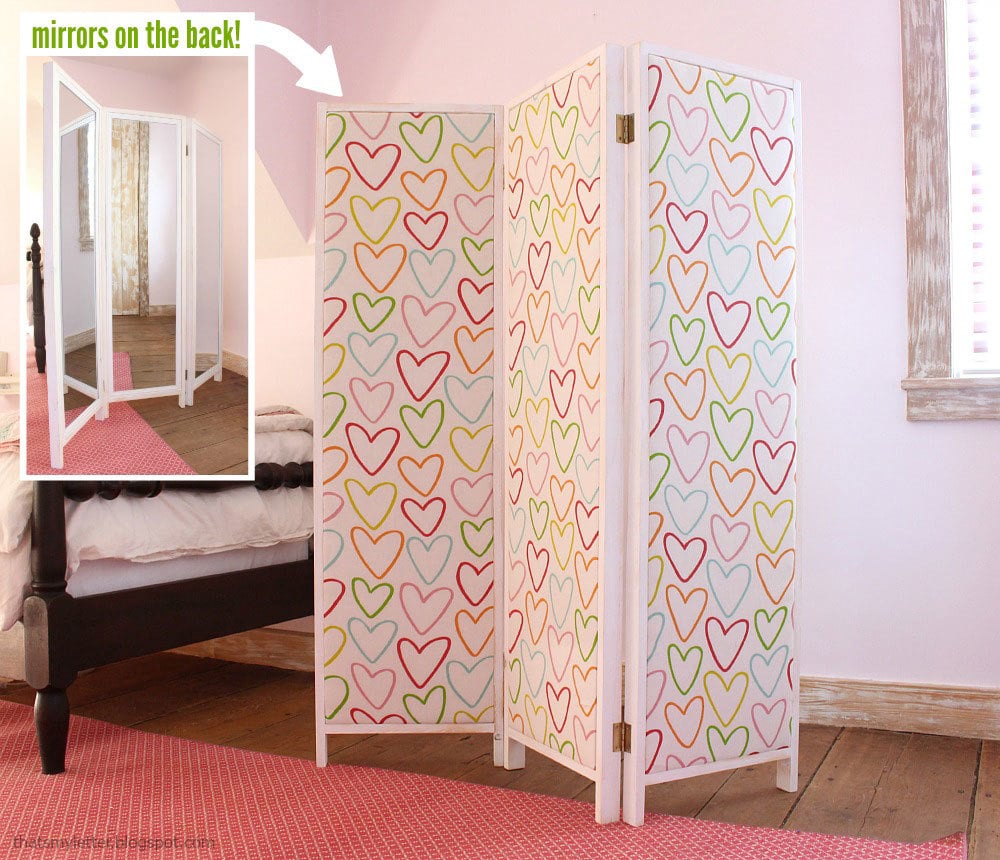
Super cute room divider changing screen, with mirrors on one side and pinboards on back. Make from store bought wall mirrors! Free plans by ANA-WHITE.com
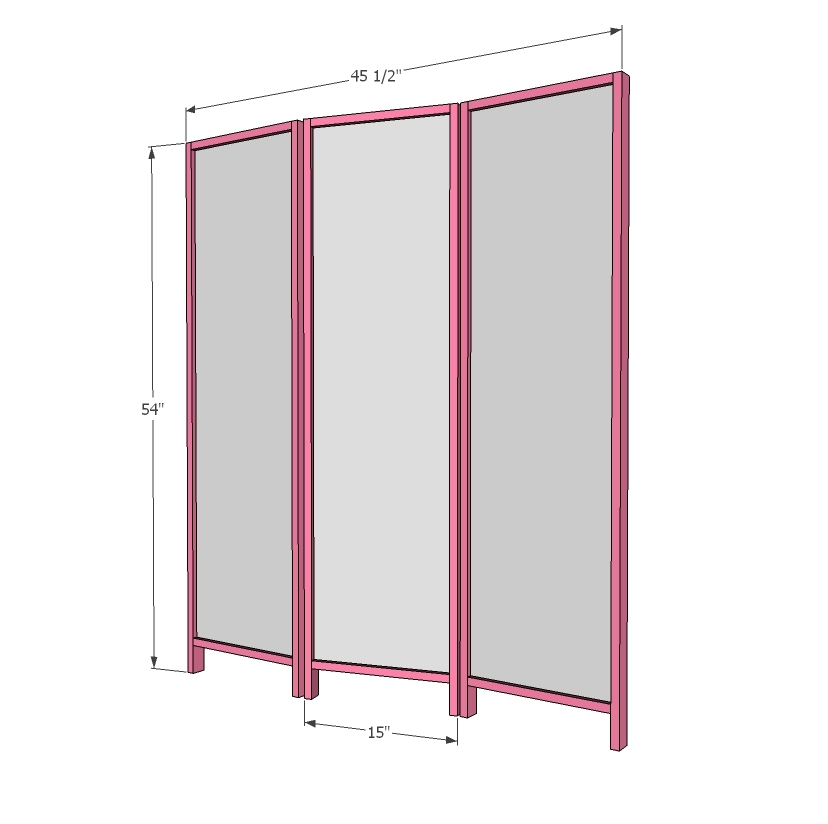
Preparation
7 - 1x2x10
3 - vertical door mirrors (http://www.target.com/p/room-
cardboard
1 - tube construction adhesive
4 - 2” hinges
1 - crib size batting
fabric
staples
1 1/4” brad nails
1 1/4” pocket hole screws
INNER FRAMES
6 - 1x2 @ 49-5/8"
12 - 1x2 @ 10-1/2"
OUTER FRAMES
6 - 1x2 @ 54"
6 - 1x2 @ 13-1/2"
Please read through the entire plan and all comments before beginning this project. It is also advisable to review the Getting Started Section. Take all necessary precautions to build safely and smartly. Work on a clean level surface, free of imperfections or debris. Always use straight boards. Check for square after each step. Always predrill holes before attaching with screws. Use glue with finish nails for a stronger hold. Wipe excess glue off bare wood for stained projects, as dried glue will not take stain. Be safe, have fun, and ask for help if you need it. Good luck!
Instructions
Step 1
Step 2
Step 3
Step 4
It is always recommended to apply a test coat on a hidden area or scrap piece to ensure color evenness and adhesion. Use primer or wood conditioner as needed.


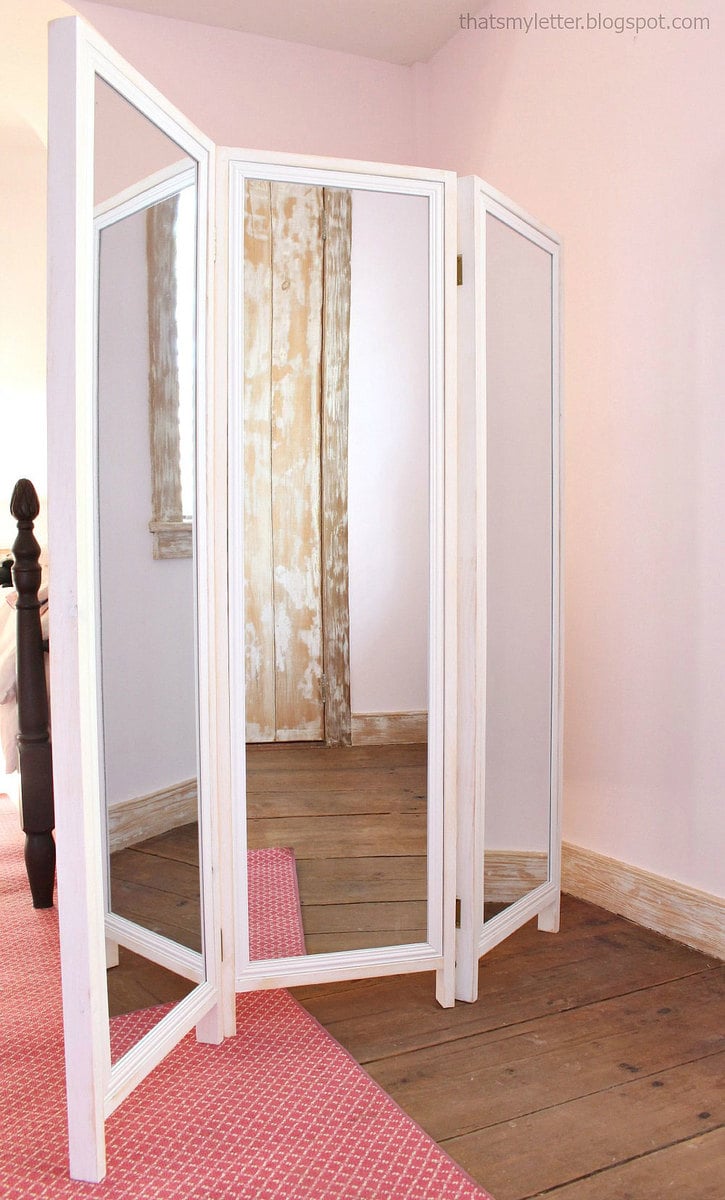
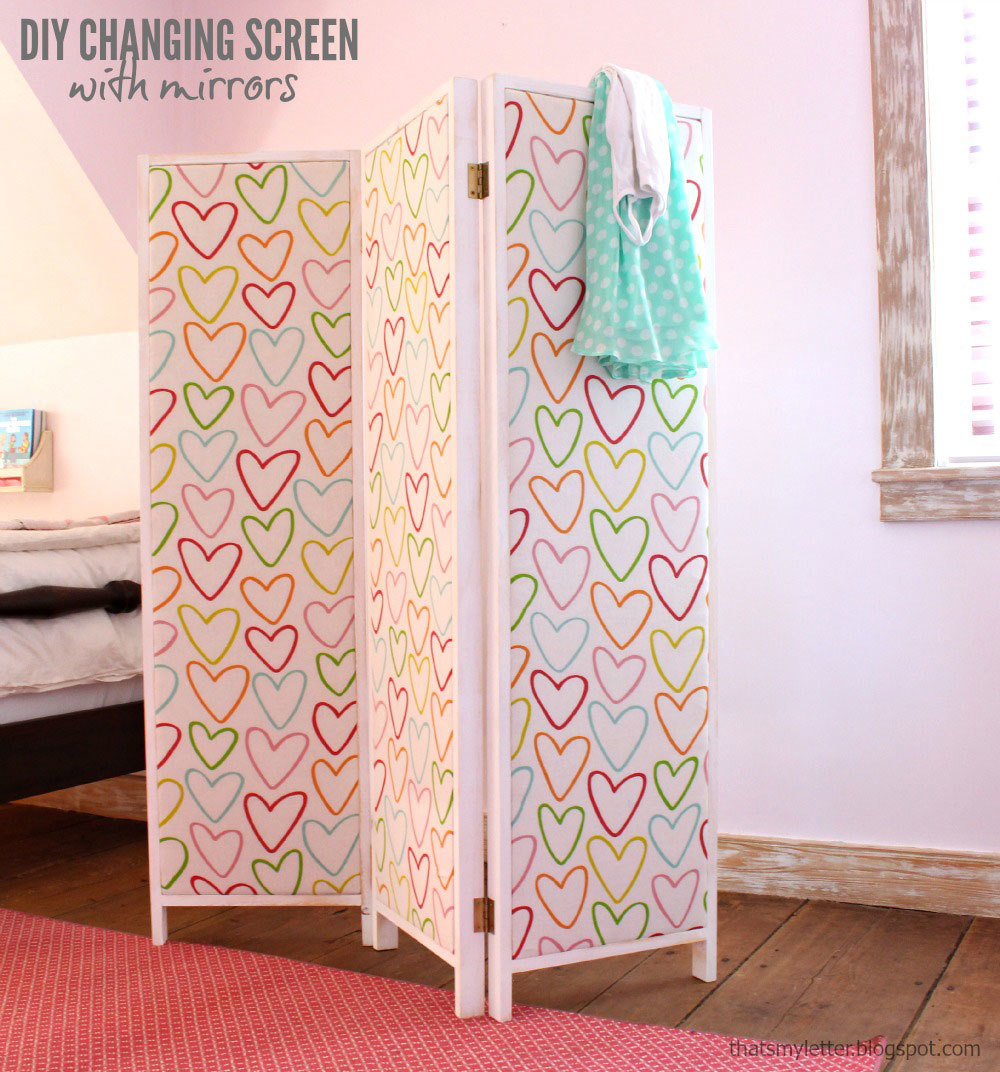
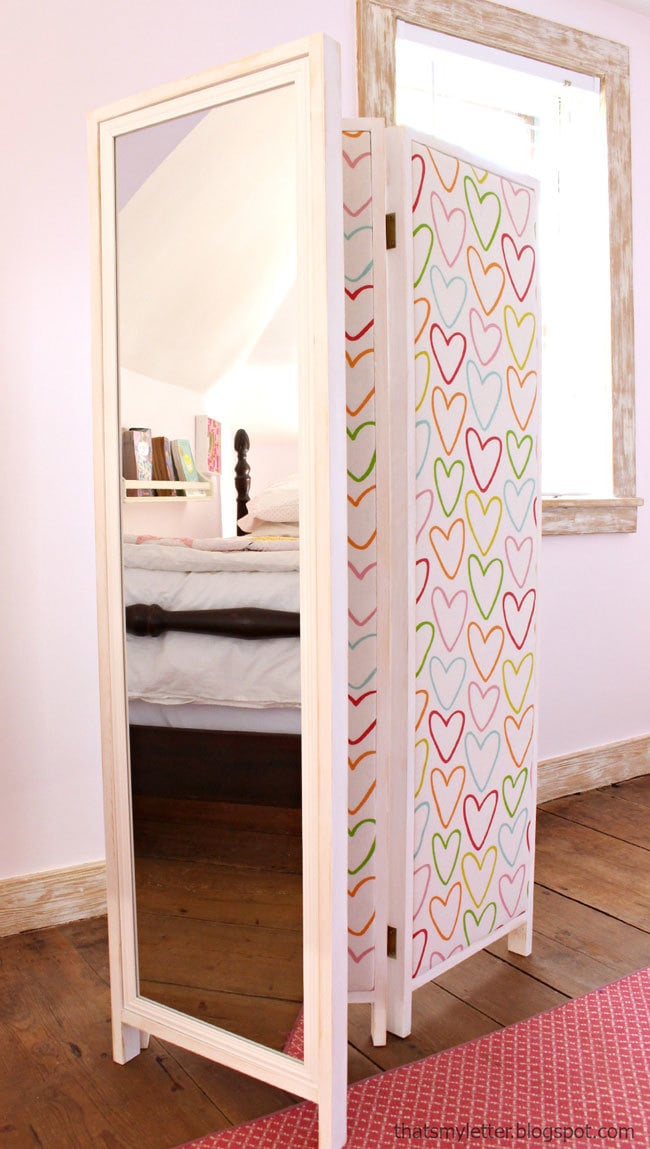
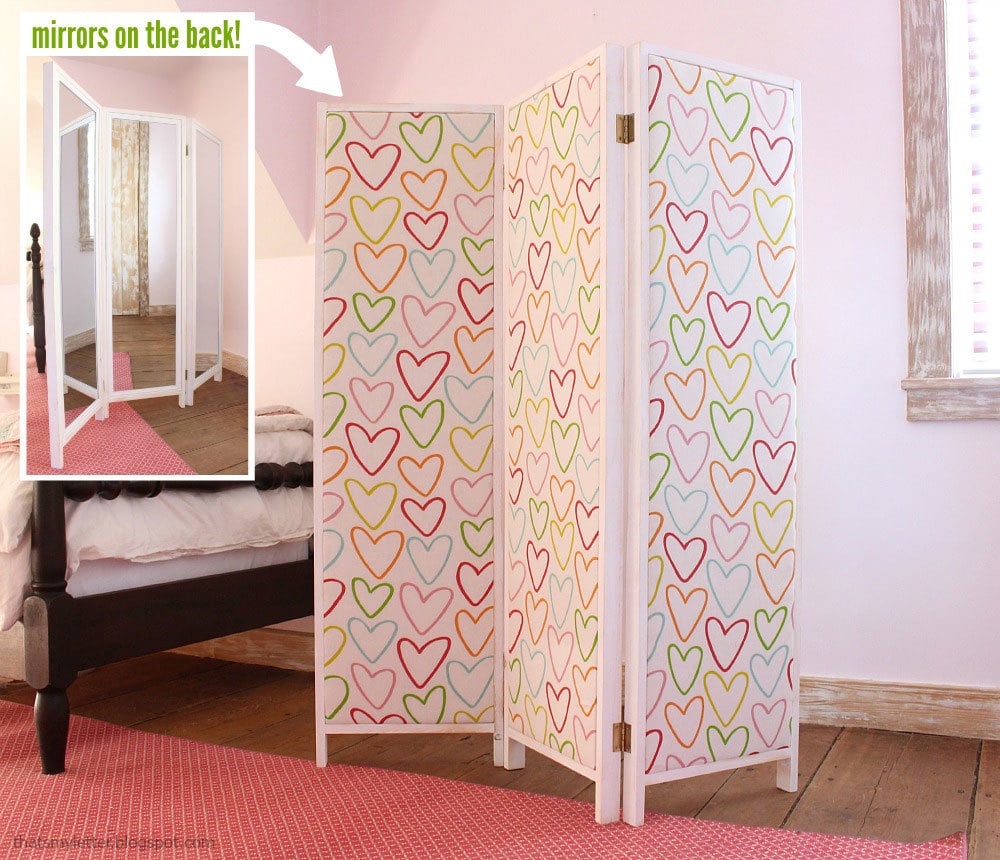


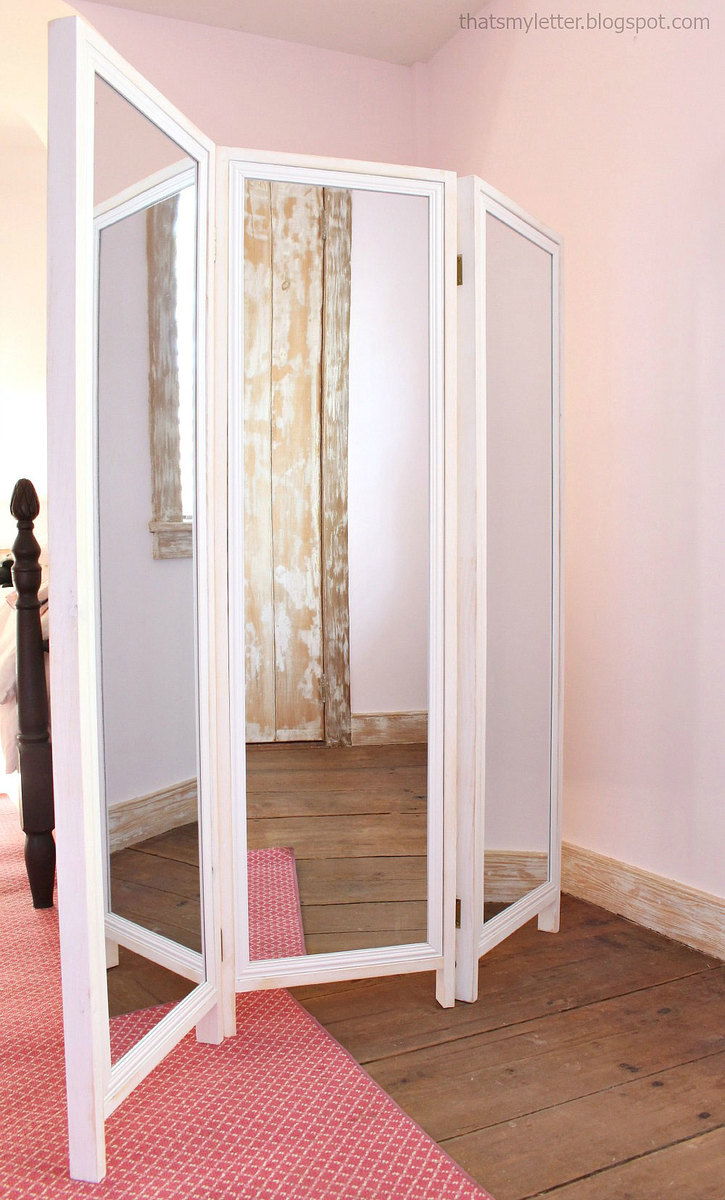












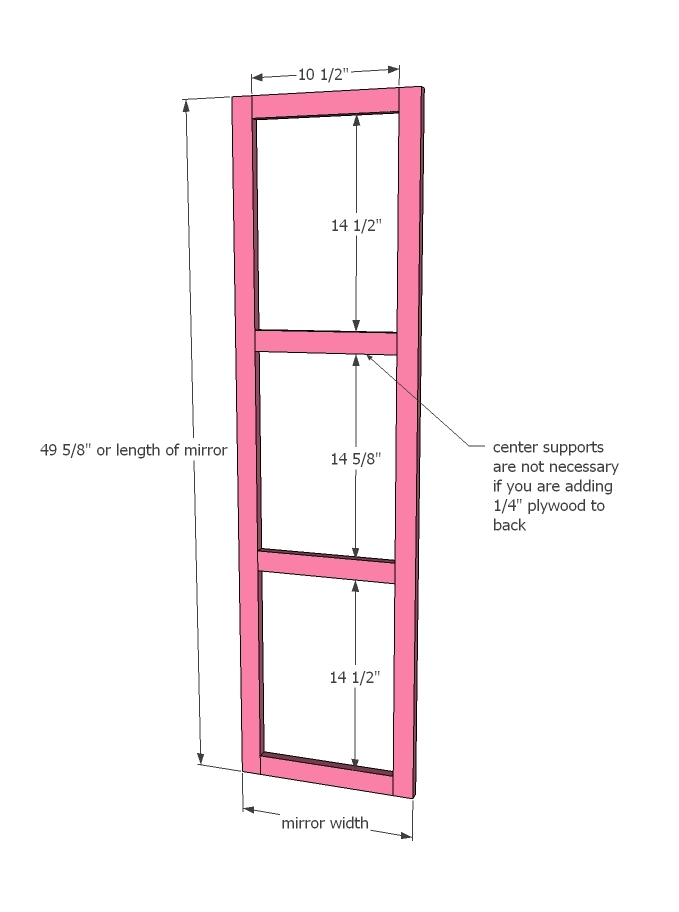
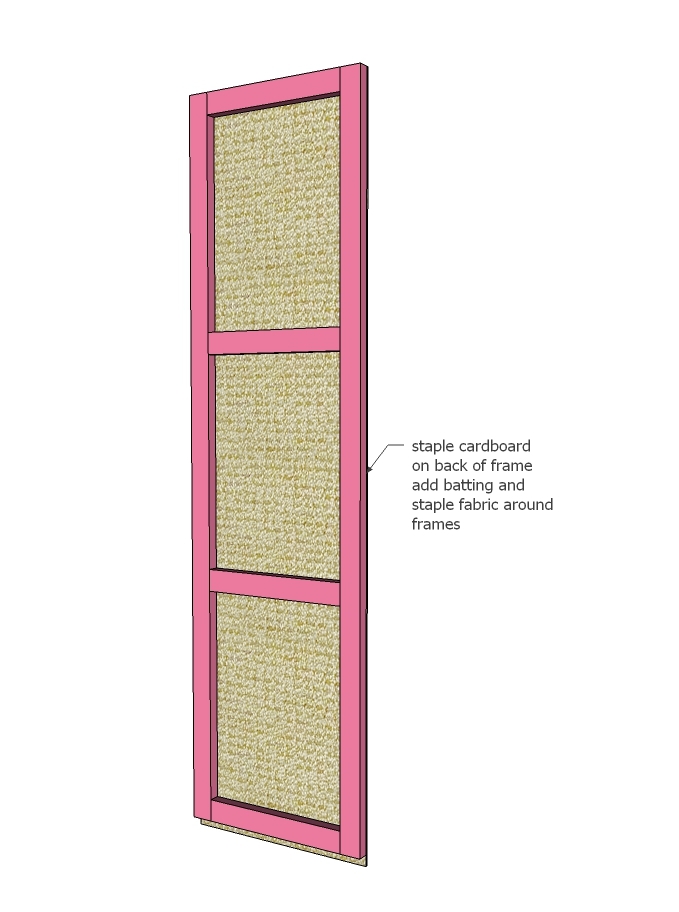
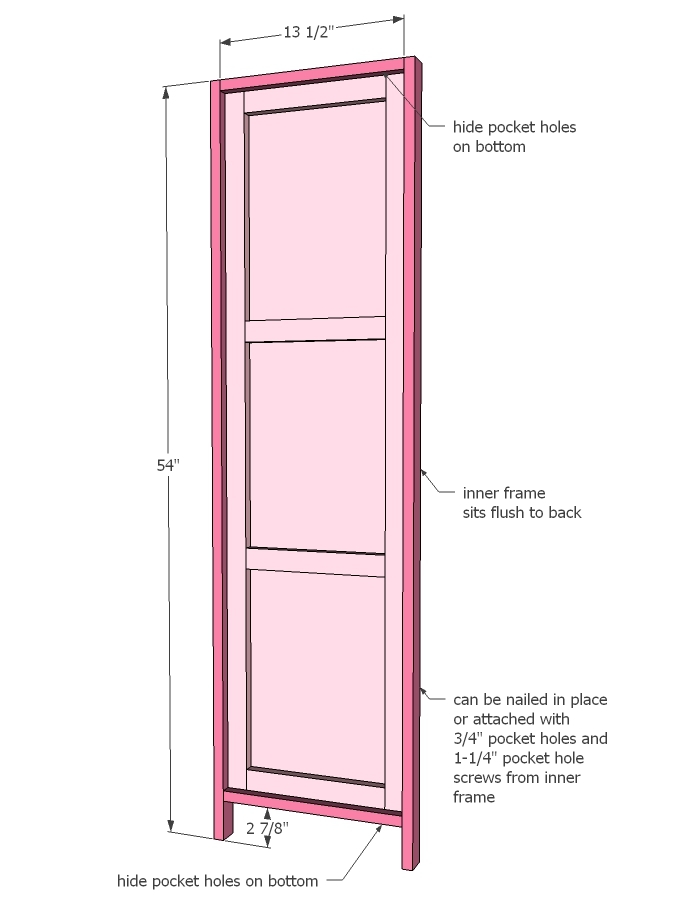
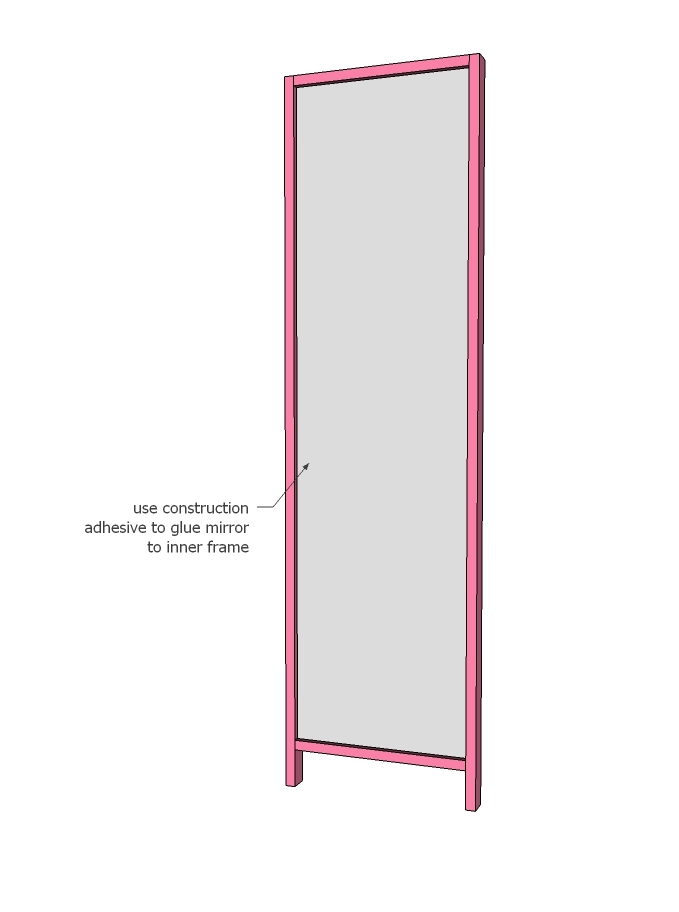
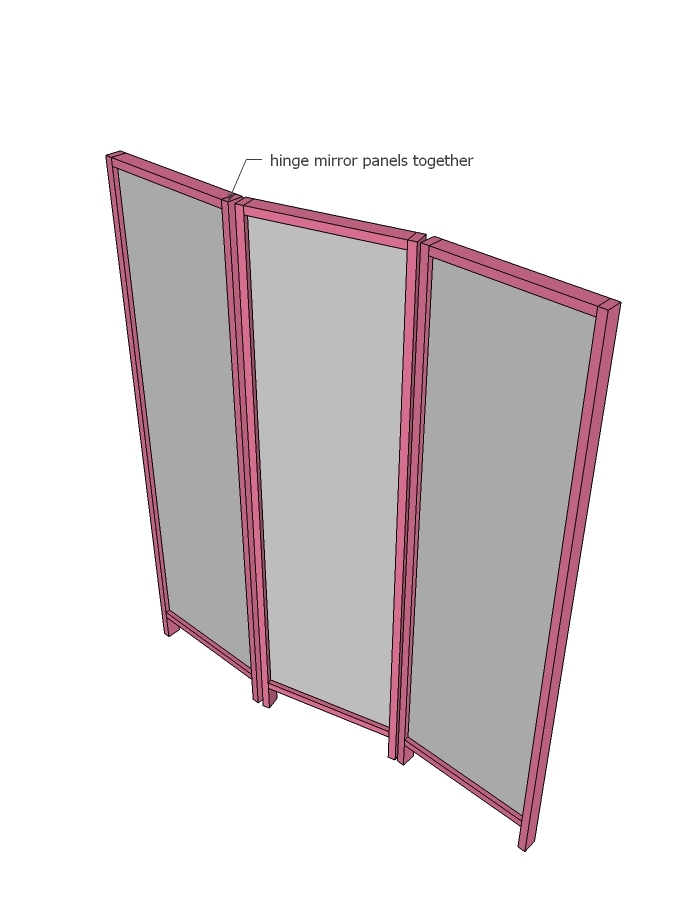

Comments
abluefox
Wed, 03/23/2016 - 21:47
This idea is so great!! I
This idea is so great!! I hope I can make this one Thank you very much for sharing. Perhaps I will find someone makes it for me :3 Need a mirror but it's better with a room divider
Thank you very much for sharing. Perhaps I will find someone makes it for me :3 Need a mirror but it's better with a room divider